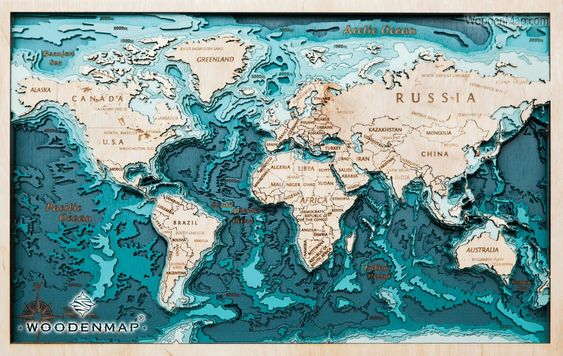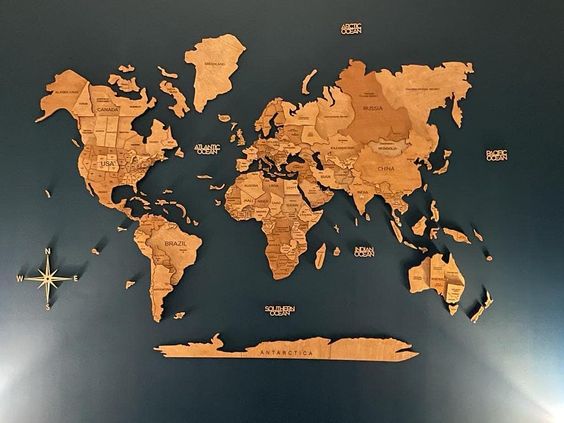General Trade vs Modern Trade: How Do They Compare With Each Other

Since the dawn of civilisation, evidence of trade in various forms has been discovered. What initially began as a simple barter system has evolved over time into currency-based transactions, reflecting the advancement of human civilisation. Despite the centuries and millennia that have passed, the fundamental principles of trade—buyers, sellers, and product availability—have remained unchanged. For trade to occur, there must be a product, a seller who owns the product, a buyer who purchases the product, and a predetermined or accepted mode of payment. Today, money serves as the primary medium of exchange, facilitating transactions in modern commerce

General trade is a traditional form of trading, encompassing local standalone stores, roadside stalls, and kiosks typically operated by entrepreneurs rather than investors or shareholders. Examples include Kirana stores in India, Sari-Sari stores in the Philippines, and Mom & Pop shops in the USA. What sets general trade apart from other types of trade is the role of sales representatives, who are tasked with taking orders from store owners. As a result, sales reps play a crucial role in identifying opportunities, on boarding, and maintaining relationships with general store owners
Deeper market penetration occurs when brands successfully reach consumers residing in older, traditional neighborhoods, remote villages, and tier 3 and tier 4 cities where modern retail outlets are not readily available. General stores, strategically located near residential areas, offer convenient access to products, eliminating the need for consumers to travel long distances for their purchases

Brands highly value stores with a captive consumer base, as it greatly enhances the likelihood of product uptake. General stores prioritize building interpersonal relationships between store owners and consumers, fostering mutually beneficial connections. When store owners understand consumers’ preferences, often on a personal level, it cultivates familiarity between retailer and consumer. This level of understanding encourages store owners to customize their secondary trade orders to align with consumer needs. The readily available consumer loyalty found in general stores is a key factor that brands rely on when establishing partnerships
Modern trade represents the opposite end of the spectrum from general trade, operating on a larger scale with extensive infrastructure and a national or global footprint. In modern trade, all orders are centralized at the company level, where specialized teams handle the ordering process, or the retail headquarters directly communicates the order request to the brand headquarters. Unlike in general trade, sales representatives do not participate in the ordering process in modern trade; instead, their role primarily revolves around ensuring product availability and visibility at stores, converting foot traffic into sales, and gathering feedback

